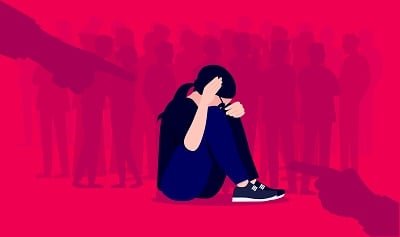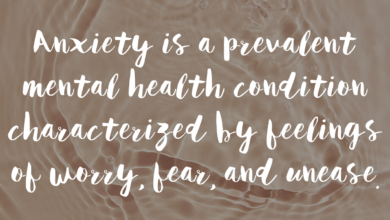When it is More than Post-COVID Social Discomfort:

In the aftermath of the COVID-19 pandemic, the term social anxiety has been thrown around as a catchall for the discomfort many felt as restrictions lifted and we began to resume our lives. There has been a plethora of social media memes targeting the unease experienced as the world reopens, and quick tips for getting back into social engagements. This has the benefit of facilitating a shared communal experience and providing meaningful self-help strategies to those experiencing normative social discomfort. However, it too can oversimplify the greater intensity of anxiety, and associated impact, experienced by those with Social Anxiety Disorder. In fact, I often hear new clients, especially young adults, say things like, “Doesn’t everyone have social anxiety now?” or “I don’t know, should I really be here, is it really that bad?” when in reality their lives have been overturned by anxiety. So, what is SAD and what are some signs that what one is experiencing may be more than social discomfort?
Social Anxiety Disorder (SAD) is marked by intense anxiety in one or more social situations due to fears of being scrutinized by others and receiving negative evaluation or judgment. To cope, many individuals completely avoid the situation or endure it with such intense anxiety or fear that it detracts from being able to gain fulfillment from the interaction. This often prompts secondary depression and a sense of social isolation and disconnect.
Approximately 7% of the US adult population meets criteria for SAD, and preliminary evidence suggests this number will increase due to pandemic-related factors, particularly among adolescents and young adults. Although women outnumber men in prevalence, varying societal expectations often prompt increased help-seeking in men. Nevertheless, only approximately half of individuals with SAD will seek treatment, and this number is even lower in marginalized communities.
SAD can be differentiated from shyness or normal social discomfort in the following ways:
-
Intensity: SAD is often mistaken for being shy. However, shyness is not associated with the same occupational and interpersonal impact that those with SAD experience. Additionally, shy individuals often gain comfort as situations progress, decreasing unease. Those with SAD do not experience the same relief and almost always experience intense anxiety in social situations.
-
Duration: If it has been several months without relief, despite trying to reengage with old routines, implementing self-help strategies, and/or symptoms were present pre-COVID, consider follow-up with a mental health provider.
-
Impact: The impact and associated impairment with SAD is significant. Those with SAD experience social isolation, difficulties making and maintaining connections, and occupational and educational impairment. If your social discomfort is preventing you from fulfilling major responsibilities and goals, it may be time to consider seeking support from a mental health professional.
It can be tough making that first call for therapy. In fact, the average length of time between first experiencing symptoms and seeking treatment is 15-20 years! Try to focus on the long-term reward of being able to build meaningful social connections without the cloud of anxiety, and remember that there are well-established, effective treatments for SAD. Cognitive Behavioral Therapy (CBT) is an evidence-based treatment with robust findings in its benefit for treating and improving the lives of those suffering with SAD. CBT targets the negative cognitions (thoughts) and problematic behaviors, such as avoidance, those with SAD engage in to increase fulfillment and meaning in one’s life. Organizations such as the Association of Behavioral and Cognitive Therapies, the National Social Anxiety Center, and the Anxiety & Depression Association of America maintain databases to help you find a therapist trained in treating Social Anxiety Disorder.
Source link
#PostCOVID #Social #Discomfort

